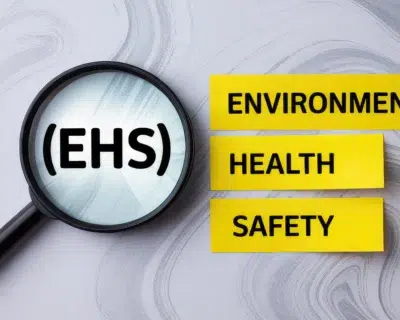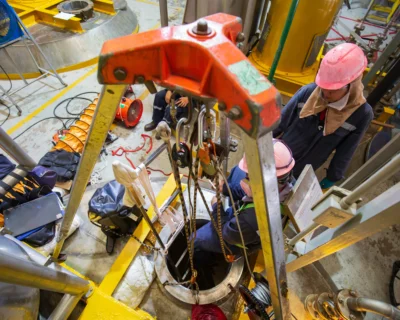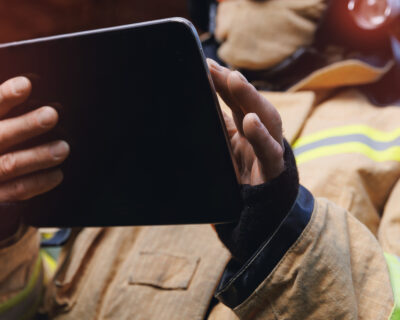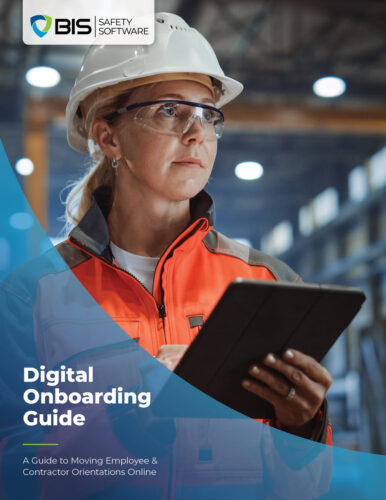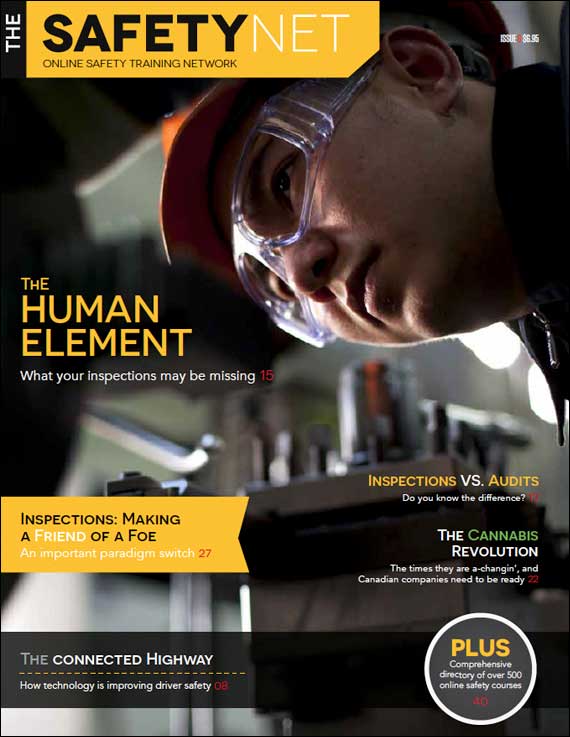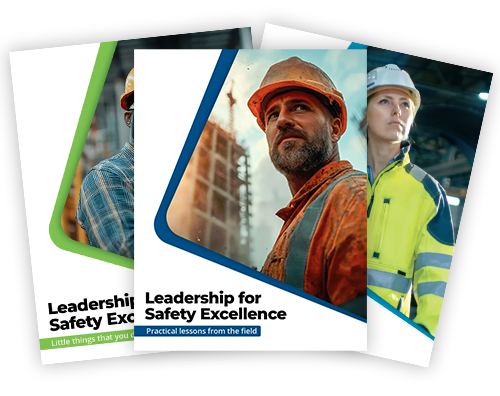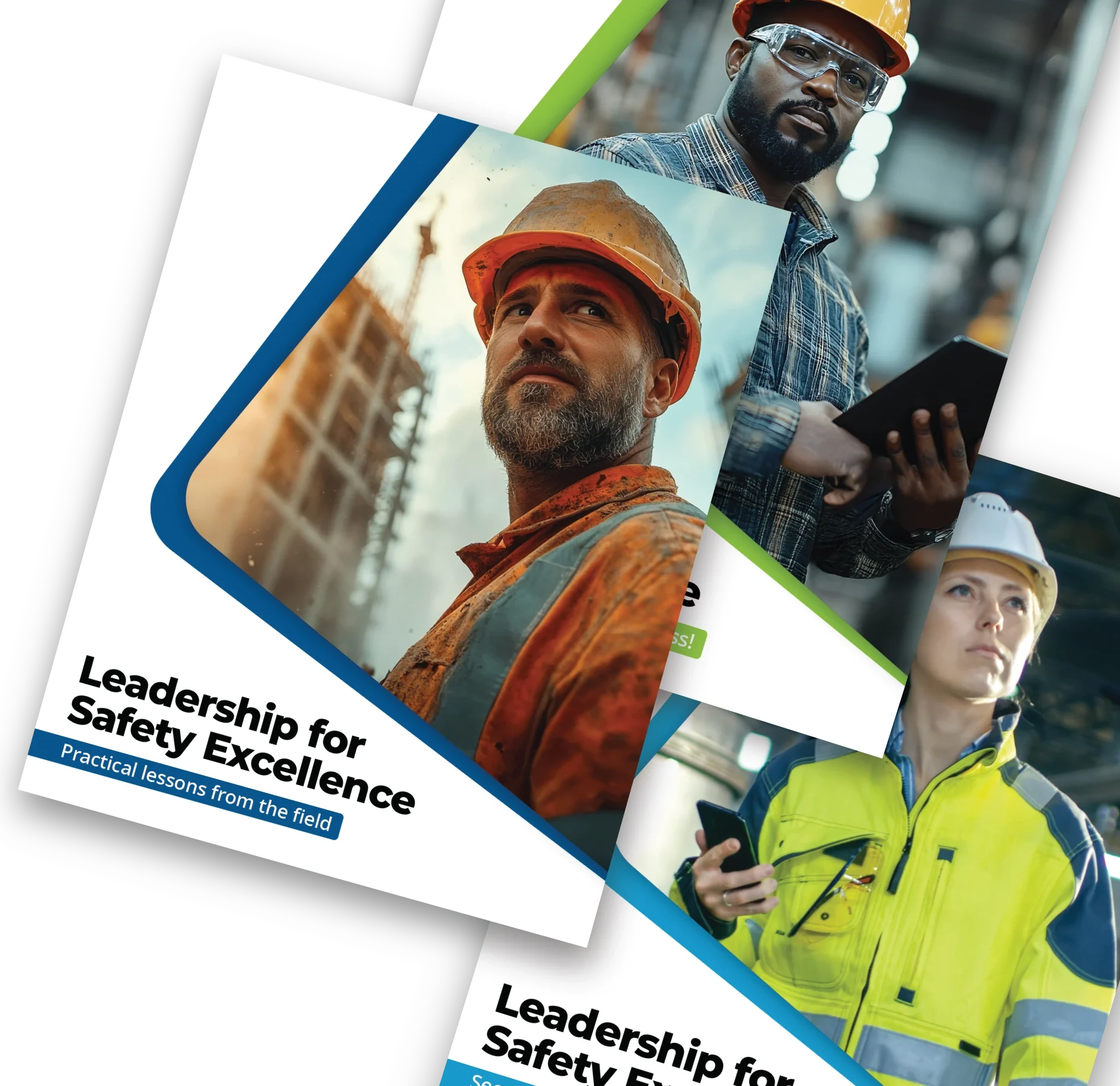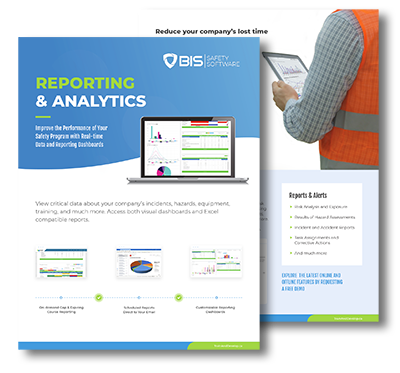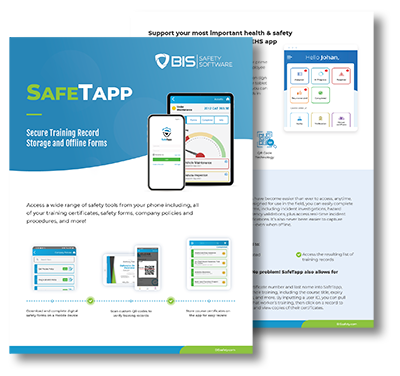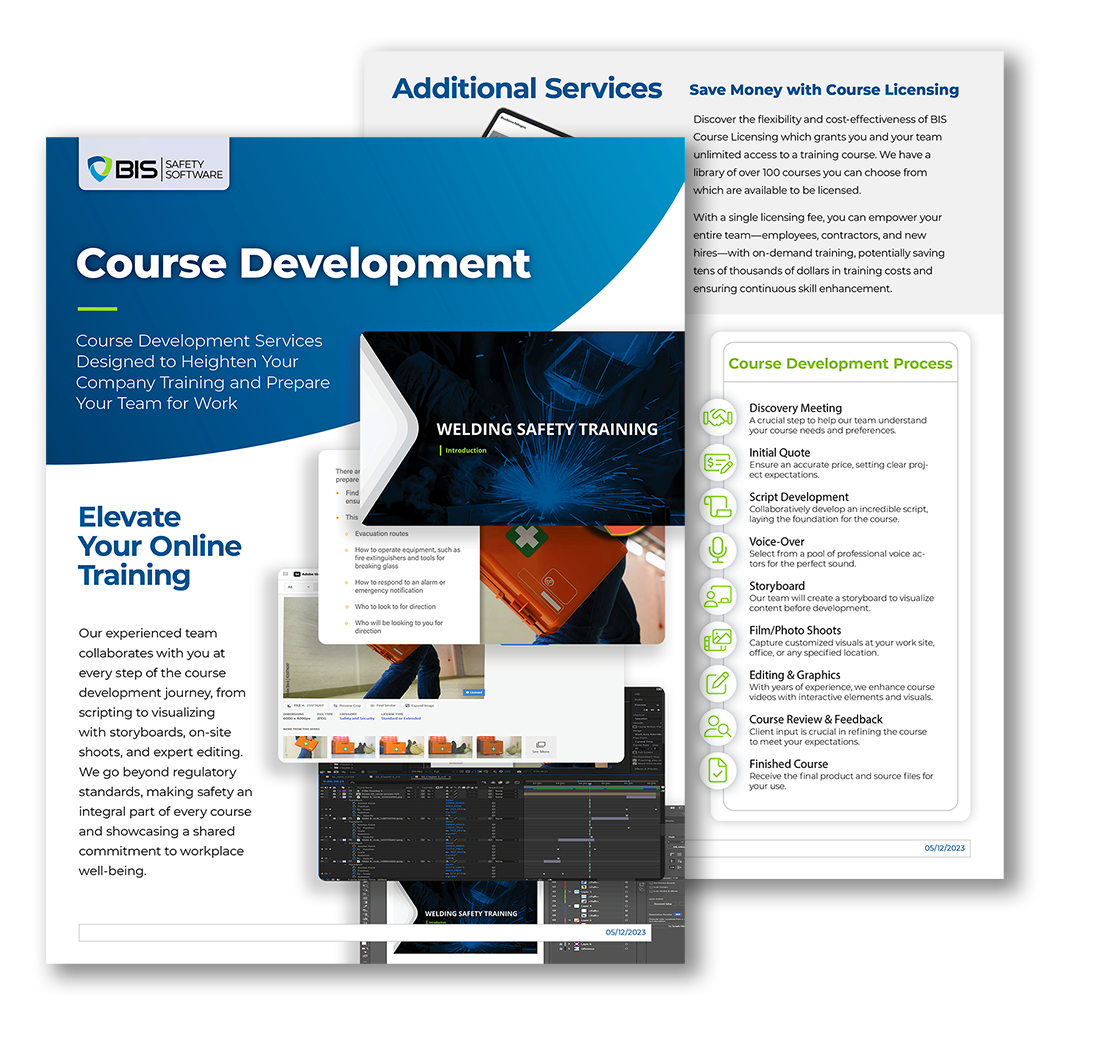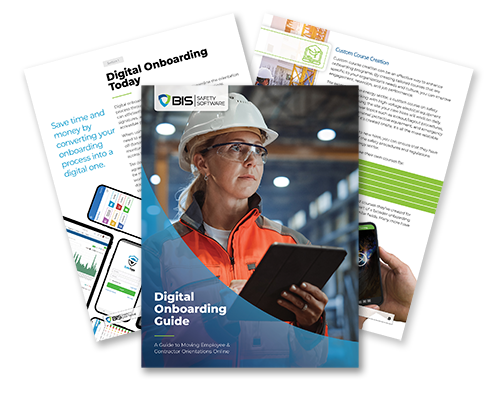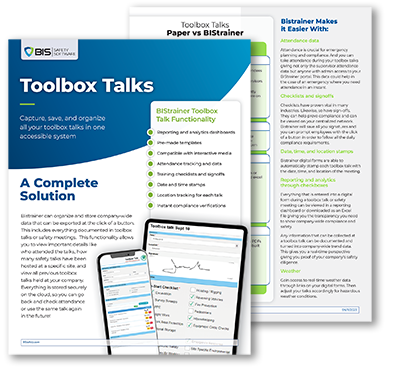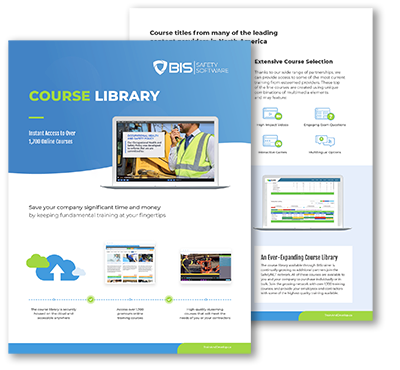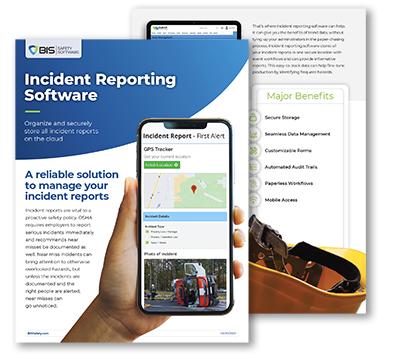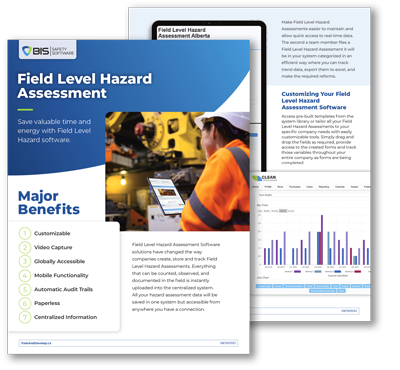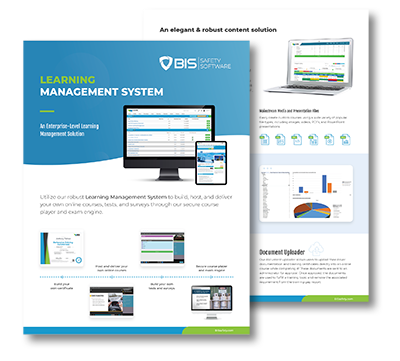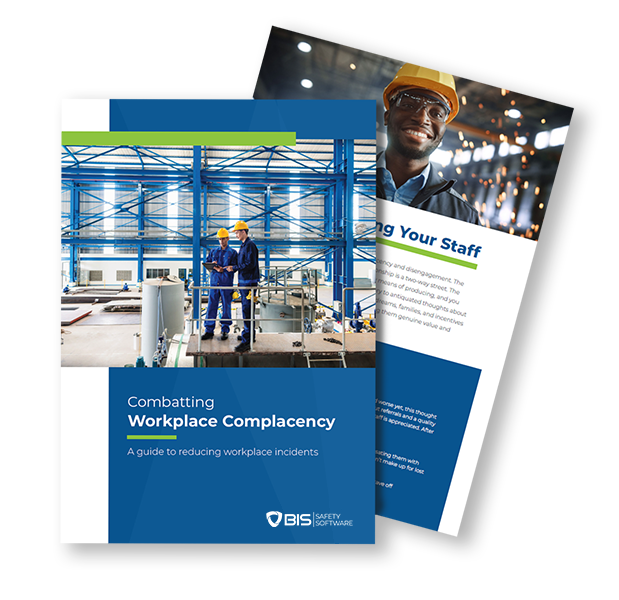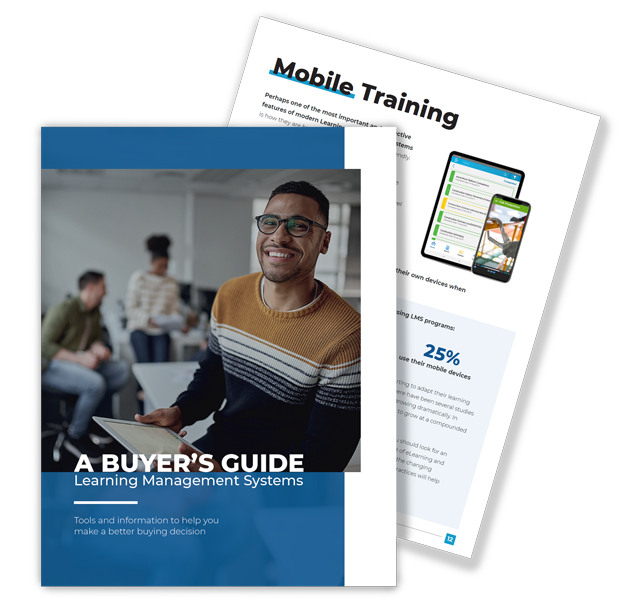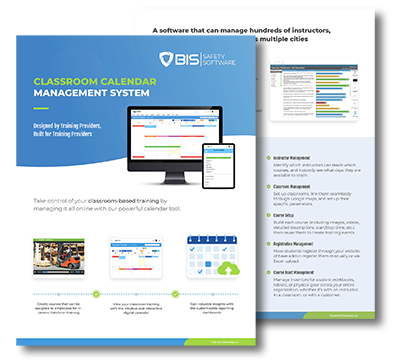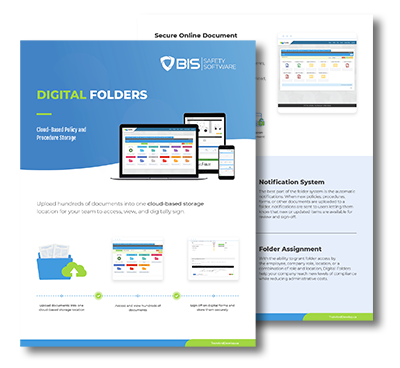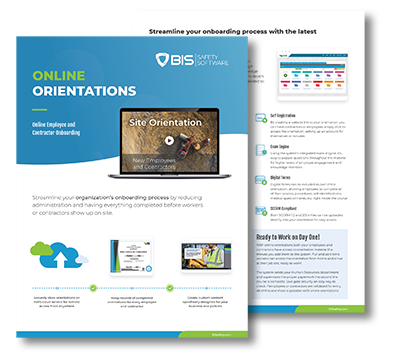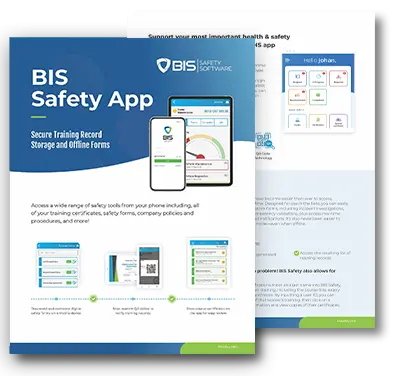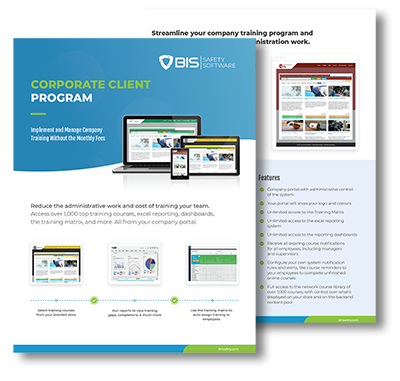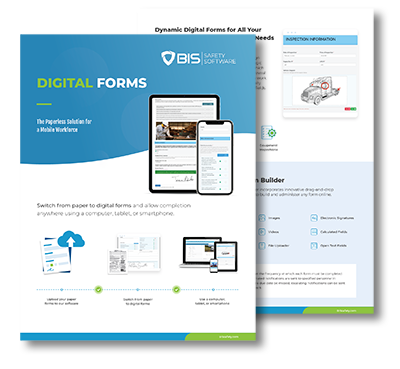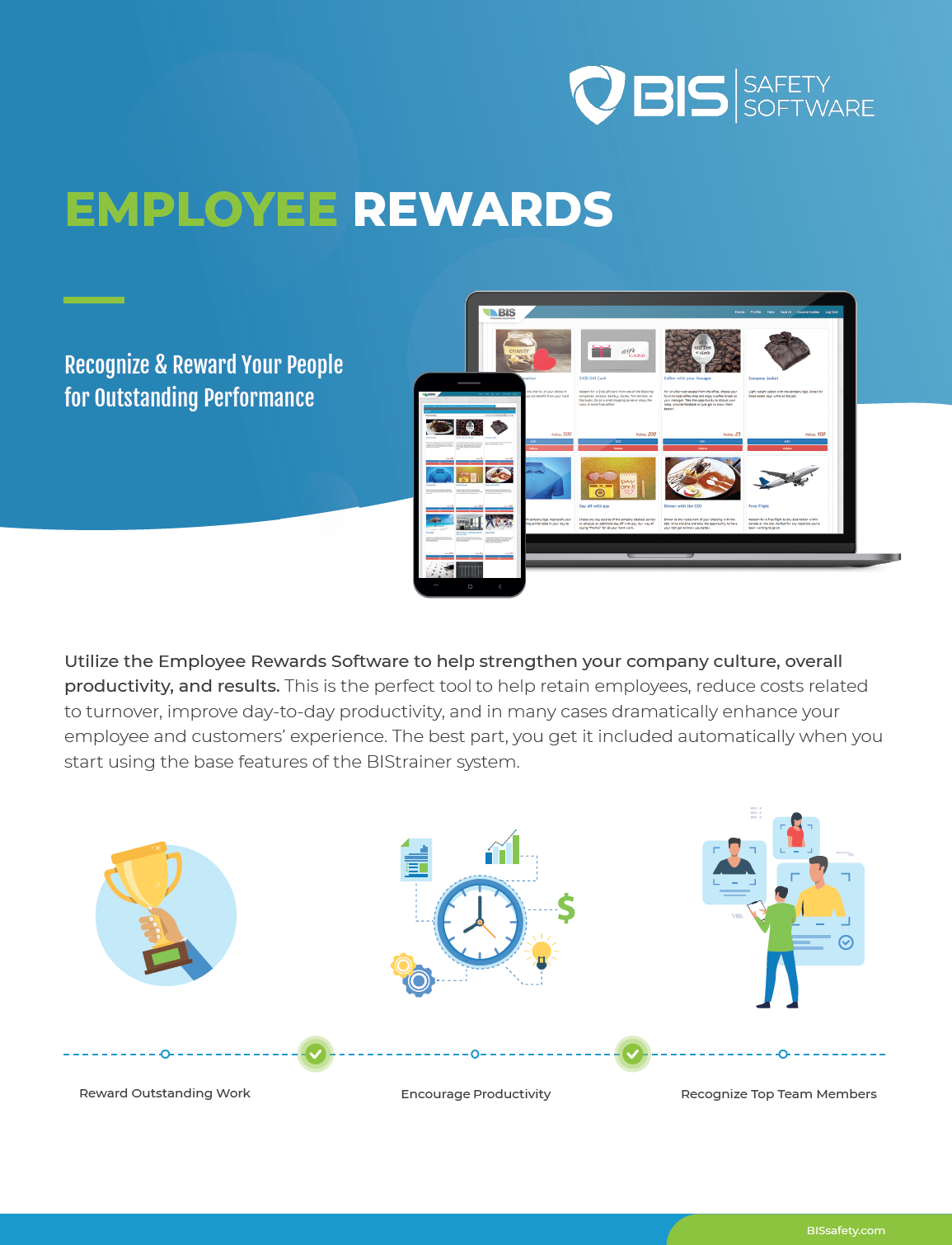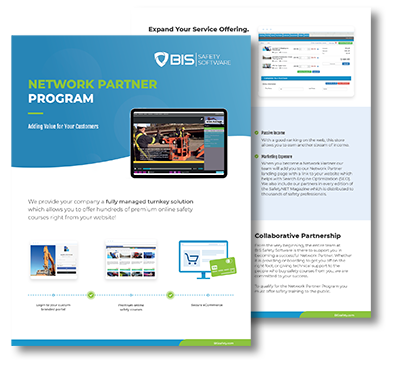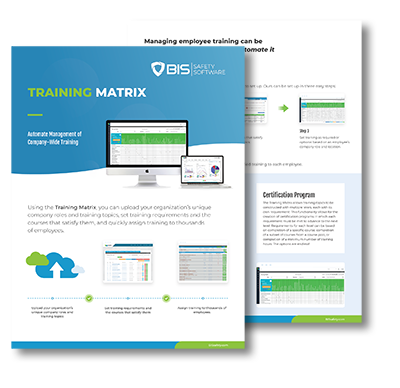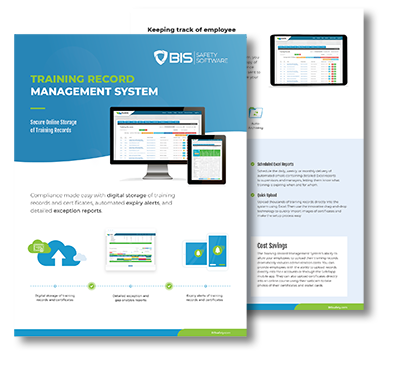
Shaping Safety Culture Before the First Shift
In high-risk workplaces, safety culture isn’t optional, it’s essential. It’s the unseen force behind daily decisions, the voice in workers’ heads when no one’s watching. That culture doesn’t start on the floor; it starts the moment a new hire is introduced to your organization.
Building safety culture through onboarding gives new employees a sense of purpose, responsibility, and community before they clock in for the first time. Here’s how to use onboarding to embed the values that truly matter.
1. Start with Values, Not Just Protocols
Policies guide behavior but values drive it. During onboarding, don’t just share rules. Focus on:
- Your zero-incident philosophy and why it matters
- The power of speaking up and reporting concerns
- Real examples of empowered workers preventing harm
This frames safety as a shared responsibility, not just compliance.
2. Make the Welcome Personal
Digital tools can still create human connection. Use them to:
- Share welcome videos from safety leaders and crew foremen
- Introduce the team with bios or short messages
- Highlight support contacts for questions or guidance
A personal start helps new hires feel part of the team right away.
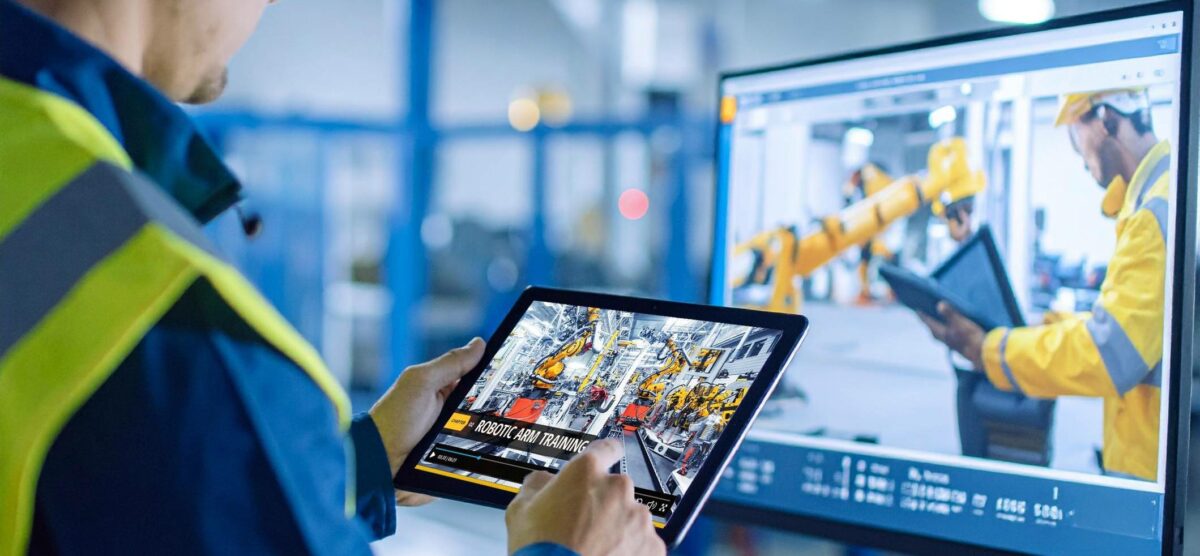
3. Teach Through Real Scenarios
It’s one thing to know policies, it’s another to apply them. Help new hires practice with:
- Interactive scenario-based lessons
- Real-world safety stories from your sites
- Modules that emphasize “why” behind every procedure
This strengthens decision-making from day one.
4. Encourage Participation Early
Onboarding should never be one-sided. Invite new hires to:
- Submit their personal safety goals
- Share past safety experiences from other jobs
- Ask questions anonymously to ease any fear
You’ll build trust and promote psychological safety right from the start.
5. Match Culture to Your Policies
If you expect everyone to stop unsafe work, show how that looks in action. Your onboarding content should:
- Reinforce core cultural beliefs at every step
- Align training with real workplace behavior expectations
- Model the standards leaders live by
Consistency builds credibility.
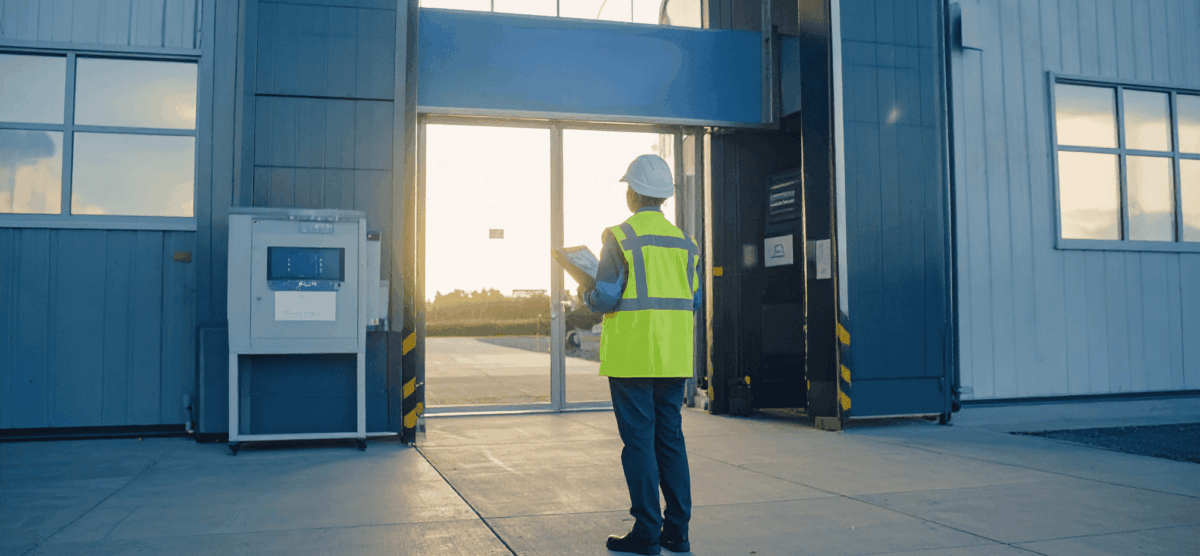
6. Reinforce It on the Job
Culture doesn’t end with onboarding, it grows on-site. Support supervisors to:
- Follow up with new hires after week one
- Model and reward safety-first behavior
- Share team wins and positive actions
That’s how a strong message becomes daily reality.
Final Word: Culture Begins Before the Job Does
Culture isn’t something workers figure out later, it’s something they absorb from the start. Onboarding gives your team the chance to set the tone, clarify expectations, and show that safety isn’t just what you say, it’s who you are.
Because when culture leads, safety follows.


